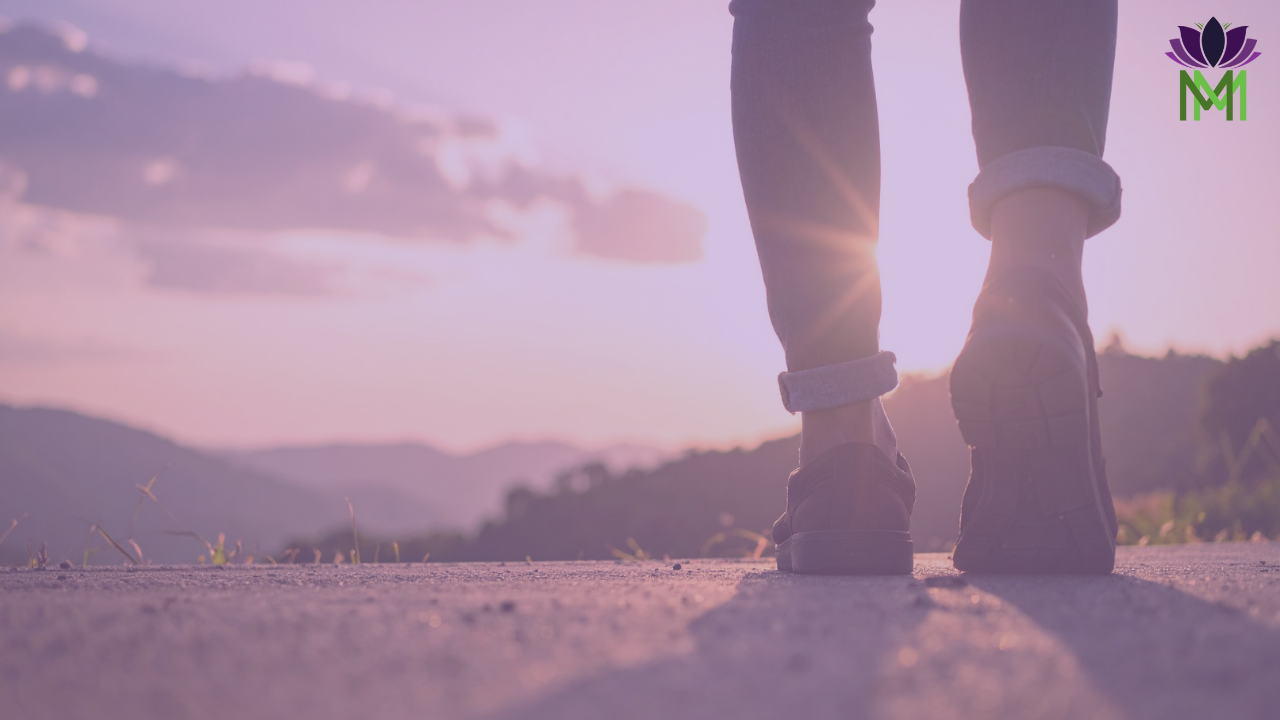“As long as you keep secrets and suppress information, you are fundamentally at war with yourself…The critical issue is allowing yourself to know what you know. That takes an enormous amount of courage.”
― Bessel A. van der Kolk, The Body Keeps the Score: Brain, Mind, and Body in the Healing of Trauma
Symptoms are your…friends?
How do you experience your body? Is it just a meat suit that carries you around? A miserable bag of symptoms you must “deal with” each day? Is your body strong and energized? How much do you trust it to allow you to do everything you want to do in this life?
Of course, the answers are as varied as there are bodies on the planet–and likely you experience your body a little differently each day as well.
If you have a cold or the flu or even chronic disease or conditions, you may trust your body less. If you’ve just climbed a mountain, you may feel the tingle of extreme joy and triumph that your body got you to the summit successfully.
In either case, you can TRUST that your body will continue communicating with you, no matter what state it’s in. The point is that your body is a very reliable messenger. Symptoms, emotions, and physical sensations are your body's way of trying to break through to you.
Those symptoms exist to TELL you something. It’s up to you to tune into those messages and learn to decode your body’s language so that you can take the right action to get yourself back to balance and self-trust.
Tune in and turn on
Collectively, we are a culture that spends more time living in the space from our neck up and not from the neck down. And when that happens, we miss out on those signals from the body. An entire field of somatic therapy modalities, which work from the body first, has arisen to combat this tendency.
When my students embark on the meditation pathway, they often believe that self-awareness, relaxation, anxiety relief, and confidence (several of the results my students seek) exist only in the mind and maybe the breath.
But the BODY plays a major role in getting you to those blissful states or holding you back from them. And the body holds onto and often gets stuck in experiences from the past unconsciously. Over time, our bodies store up all our emotions, trauma, triumph, stress, angst, and so much more.
And if we don’t flip the “release valve” regularly, all the stored up emotional and traumatic gunk will find its way out in other, more destructive ways, like high blood pressure, chronic pain, and uncomfortable tension, plus a host of other conditions.
That’s not to say you’re at fault for everything that may go wrong with you, not at all! There are SO many factors at play for how our bodies respond to everything around them.
But, when you DO have a strong sense of communication with your physical self, you can often spot issues before they become emergencies, feel more confident in your skin, make healthier decisions, avoid more chronic disease, and generally enjoy a heightened sense of well-being.
All because you LISTEN deeply to your body and respond to what it needs in the moment and over time.
In the book, Burnout: The Secret to Unlocking the Stress Cycle, Authors Emily and Amelia Nagoski discuss the difference between a "stressor" and the "stress cycle." They share what you can do to complete the biological stress cycle—and return your body to a state of relaxation, and two strategies that are helpful include movement and meditation. Two of my favorite things to talk about here at The Mindful Movement!
Movement lights the way back to your body
Ever notice what happens to an animal when it has survived a mad chase by a predator or narrowly avoided a speeding car on the road?
They shake for several minutes after the incident. The act of shaking is their body releasing the “fight-flight-freeze” state in which they were able to evade the danger. Once they’ve “shaken” it off, their parasympathetic nervous system can help them return to a state of calm normalcy, and they carry on with their day.
Because humans do not often take the time to “shake” when trauma or discomfort hits, we can get stuck in hypervigilance and fight-flight-freeze mode. This “stuck” state has long-term consequences for many people.
Meditation and movement can be wonderful ways to get unstuck. When we combine movement with meditation, we help unlock the body’s stored tension and trauma and get it to start sharing information with you. And the information is POWER, my friends. Les and I talked about this powerful combination and how we like to use the two together in this podcast conversation.
If you are interested in getting started using movement and meditation together, check out this FREE 21 Day Movement and Meditation Commitment.
Of course if you are looking to get started with meditation and exercise doesn't feel available to you at this time, the power of your mind is a wonderful tool. You may consider practicing this recent Cleansing and Healing Hypnosis Practice.
Begin moving mindfully
Les and I created The Mindful Movement as a resource for people everywhere to find relief through the channels of gentle movement, meditation, and hypnotherapy.
Learning to communicate with your body to calm your anxiety, lift your depression, and ease chronic tension or pain is best done with a skilled guide until you become fluent in your body’s unique language.
We can help you start to connect your brain and body together in gentle ways that build your confidence while helping you uncover and release what’s getting in the way of the work, relationships, and abundance you’ve longed to have.
Until next time, take good care.
Sara and Les
The Mindful Movement
Let us know how we can help. Please feel to leave a comment with any other suggestions, comments, or questions for the community!







